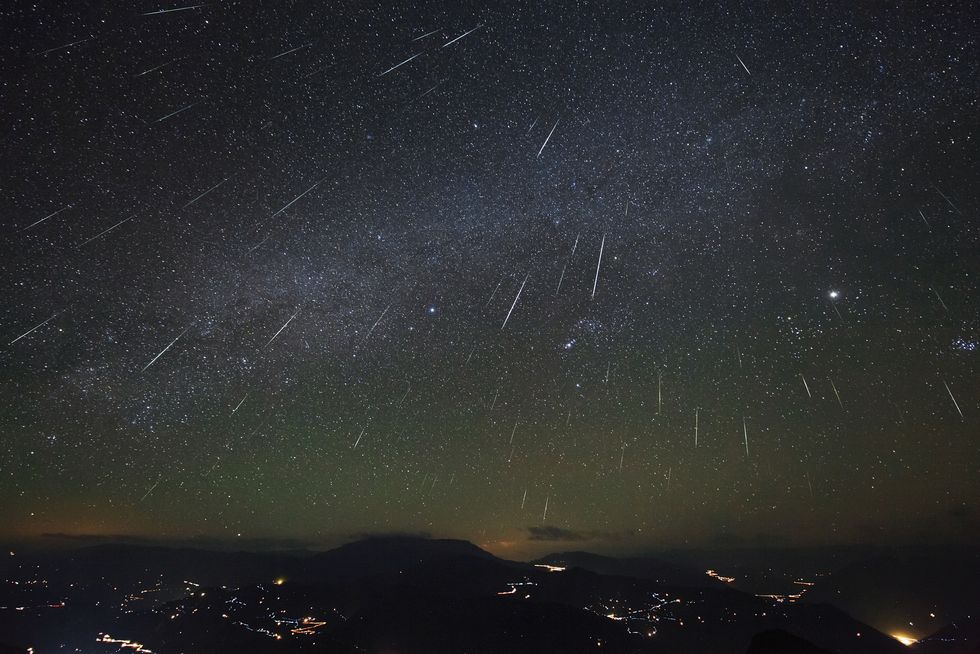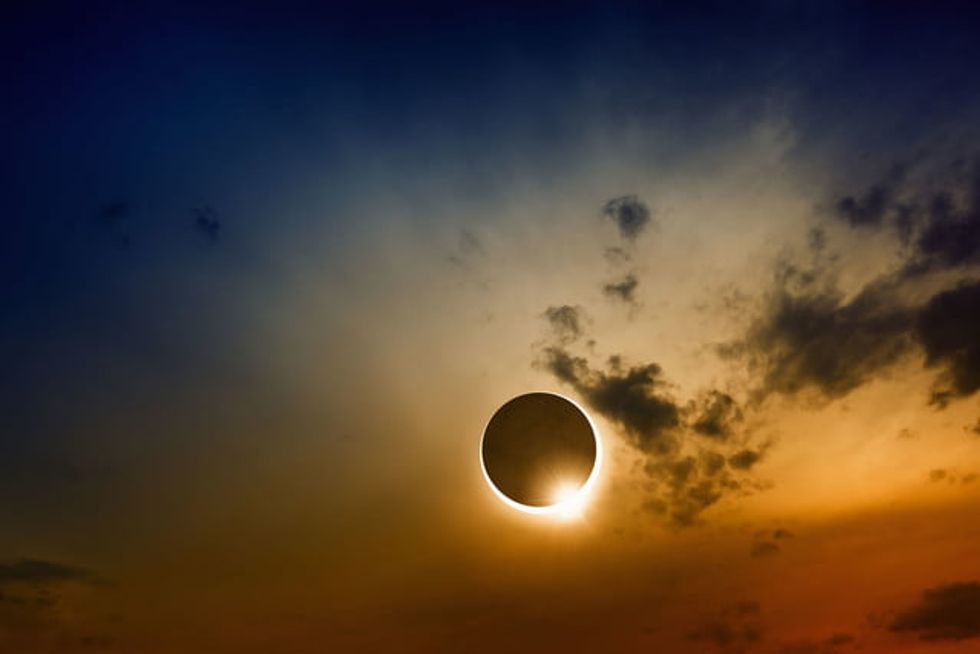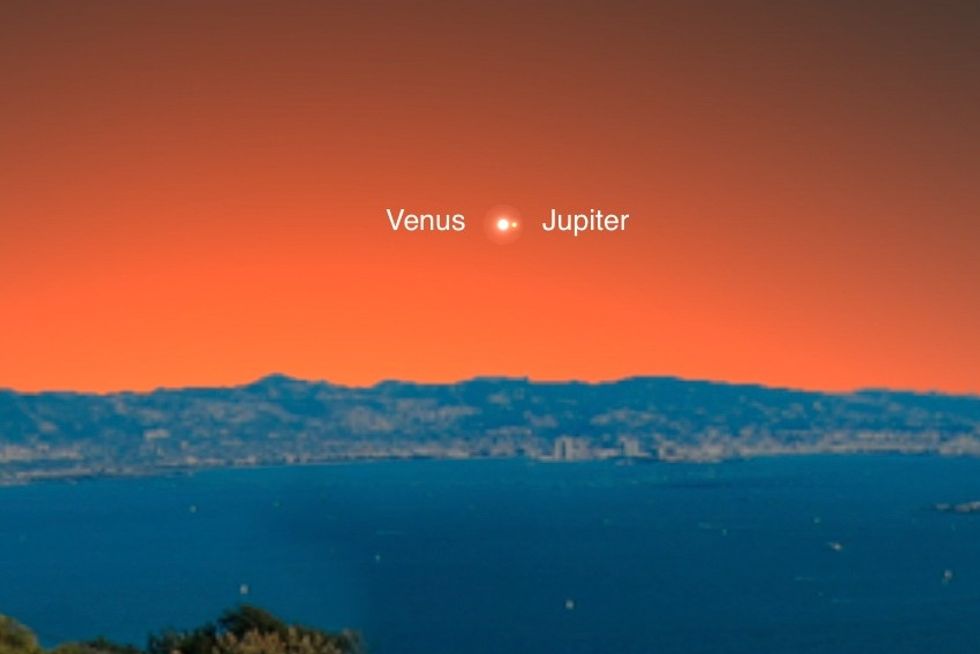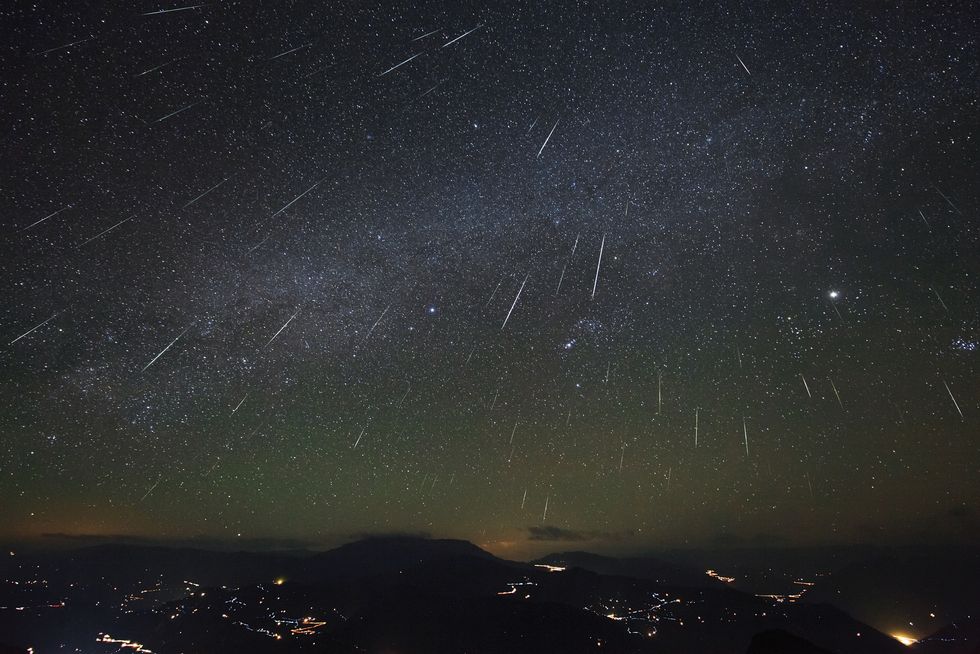1) The Total Solar Eclipse - August 21st
This will be the first total solar eclipse since 1979, and if you live in America then you're in luck! A total solar eclipse is a particularly spectacular celestial phenomenon because opposed to most cosmic occurrences, it can be seen perfectly clear without the aid of a telescope. The eclipse will span the entire United States from South Carolina to Oregon. The moon will pass completely over the moon, casting a dark shadow upon the Earth for a brief handful of minutes. To view this phenomenon be sure to buy eclipse glasses! It can be dangerous to view the total solar eclipse with the naked eye, the glasses only cost $1-$2 at most local drug stores and Wal-Marts. Don't be fooled by pairs selling for hundreds of dollars on eBay, you won't need anything that fancy. Be sure to stock up soon! Stores are likely to run out closer to the 21st.
Try to get in the path of the eclipse come this August 21st! If you miss it, you'll have to wait until 2024 to catch the next one.
2) The Venus-Jupiter Conjunction - November 13th
The Solar System's two brightest planets, Jupiter and Venus, will appear to touch in the sky on November 13th at dawn. Even though the two planets are millions of miles apart, they will appear to be closer than we are to our moon! Visually they will be less than 0.3 degrees apart. The conjunction will occur very low on the horizon, and because the sun will be rising right as they come together, it will be difficult to see without the aid of a telescope or binoculars.
In Roman Mythology, Jupiter is the God of light and sky, whereas Venus is the Goddess of love; so if you're looking for a super cute and cheap date idea, check out the Conjunction!
3) The Geminid Meteor Shower - December 13th
This cosmic event occurs once every year. It actually spans across multiple days, but for the best view, you'll want to look at the skies on December 13th when the majority of the meteors will be visible.
The Geminid Meteor Shower is the best Meteor shower of the year because it has by far the most activity. Also, you can view the shooting stars all night long as opposed to most meteor showers where you have to wait until midnight before you start to see anything.To see the meteors as clearly as possible, it's highly recommended that you get somewhere free of man-made lights.
This year we are particularly lucky because the moon will be a waning crescent during the shower! Meaning, the skies will be darker and it will be far easier to see the meteors than last year when the shower had a full moon to compete with.
If you have any wishes you've been saving, December 13th is the night for you! At peak hours it's been reported that as many as 60 - 120 shooting stars can be spotted during the shower!
"Dwell on the beauty of life. Watch the stars, and see yourself running with them." - Marcus Aurelius









 The minimum wage is not a living wage.
StableDiffusion
The minimum wage is not a living wage.
StableDiffusion
 influential nations
StableDiffusion
influential nations
StableDiffusion












